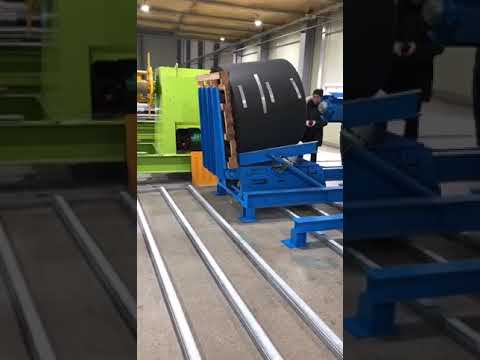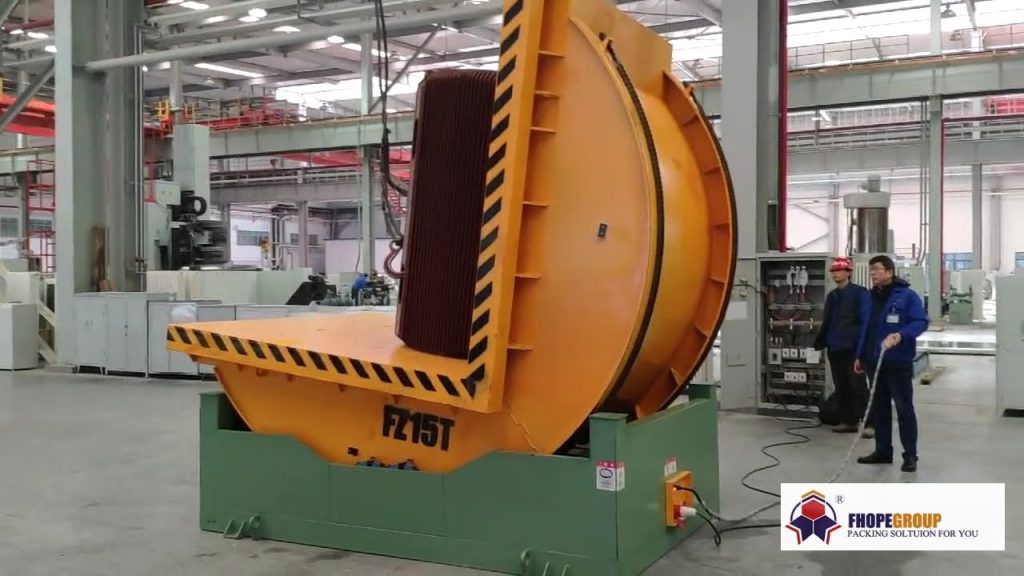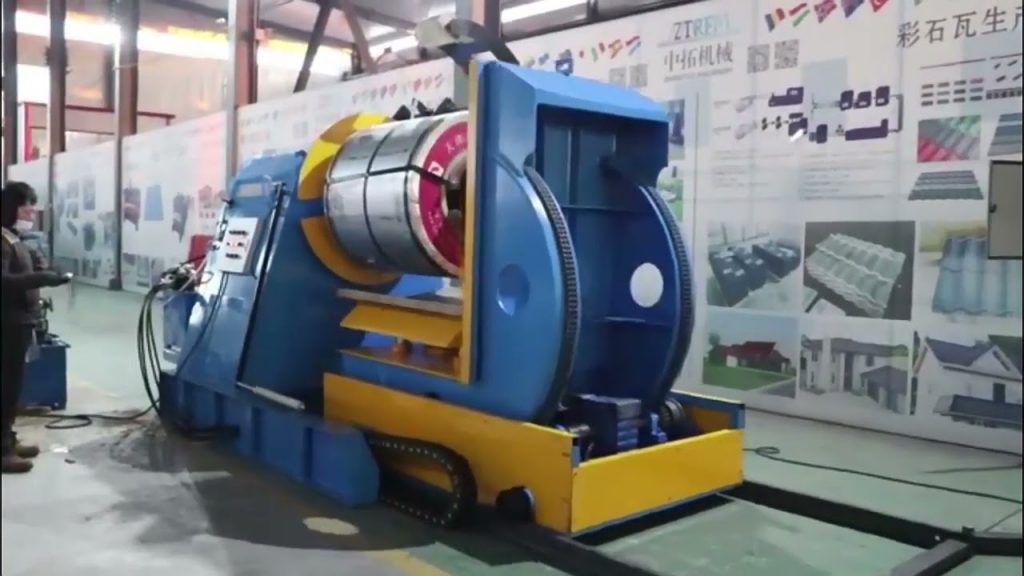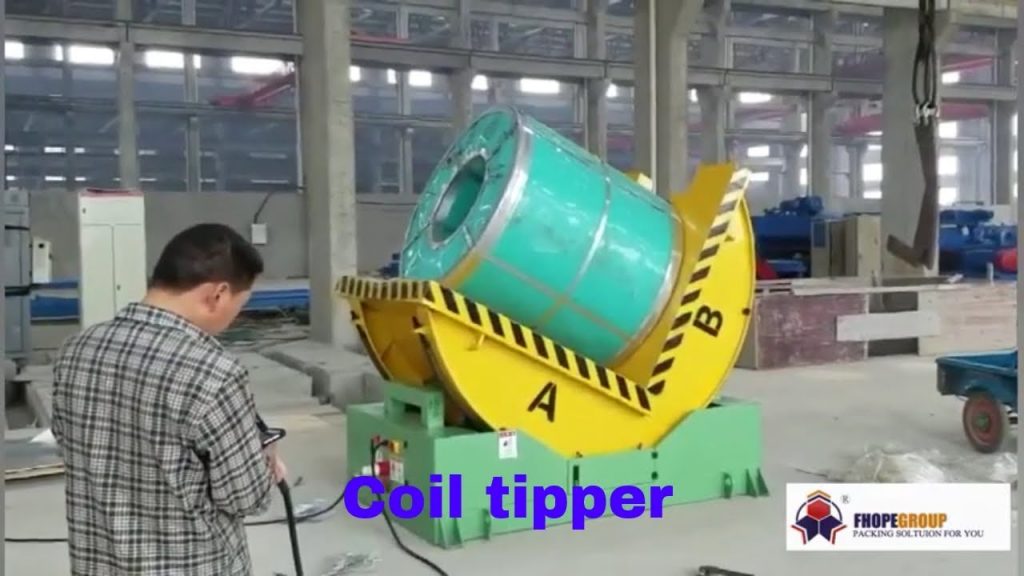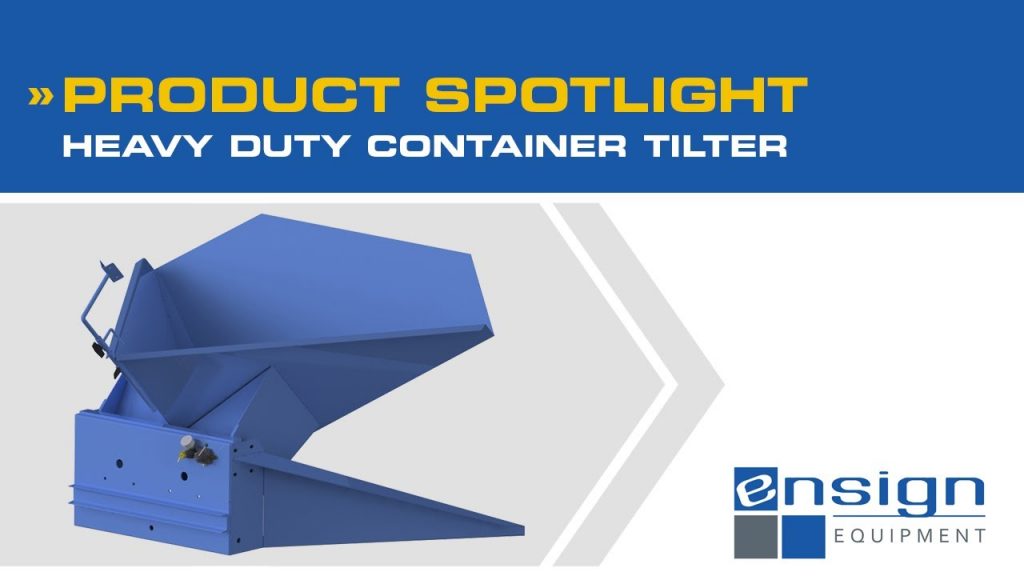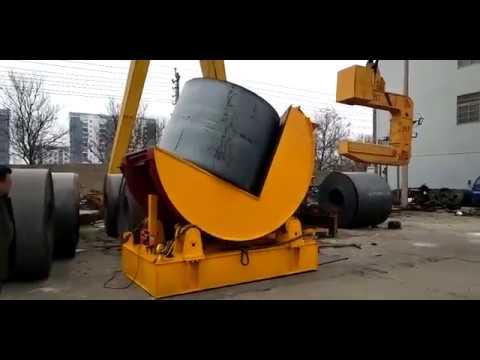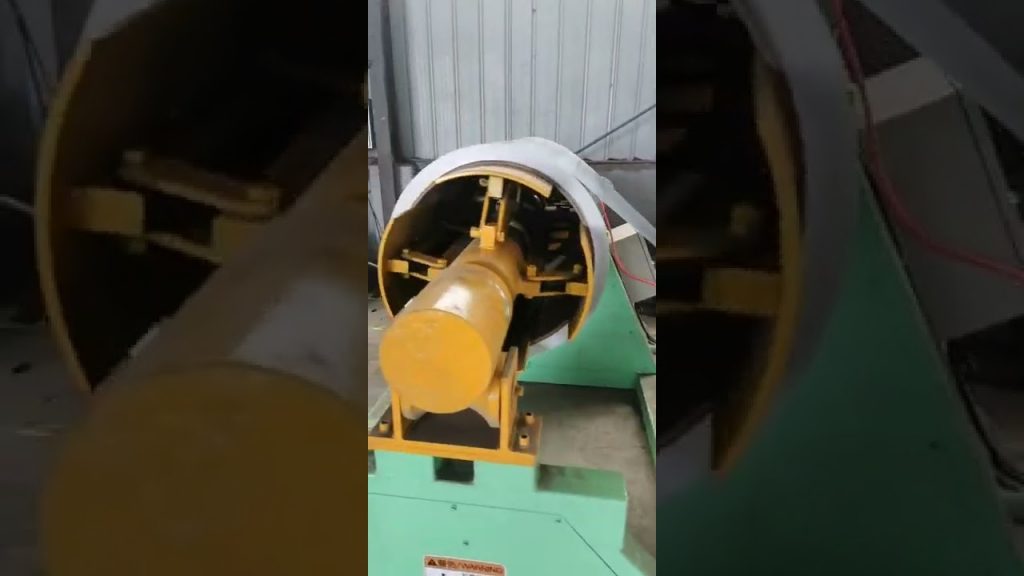Coil upender: A Complete Solution to Coil Handling Needs
Coil upenders are a vital piece of equipment in the material handling industry. They are used to turn coils of various materials at 90 degrees or 180 degrees for safe and easy transportation, storage, and processing. In this article, we will explore the basics of coil upenders, their functionalities, benefits, and the factors to consider while choosing one.
What is a coil upender?
A coil upender is a machine designed to handle heavy coils of steel, aluminum, copper, and other metals that are challenging to maneuver manually. The upender consists of a scissor lift table mounted with a rotating fixture that hooks onto the center of the coil for 90 or 180-degree rotation. When activated, the table elevates the coil and then tilts it safely and smoothly, positioning it in the desired direction without damaging the material.
How do coil upenders work?
Most coil upender machines operate using hydraulics or pneumatics to power the scissor lift, while others run on electric motors and gears. Before the process starts, the operator secures the coil onto the hanger or fixture provided on the upender and positions the lift with controls to the desired angle. Once the fixture is in place, the upender lifts the coil to the required height, tilts it to the preset angle, and holds it till the process is complete. The coil can then be easily unloaded and transported to the next stage of operations.
What are the benefits of using a coil upender?
Coil upenders play a significant role in the material handling industry because they offer several benefits compared to traditional coil handling methods. Here are some advantages of using coil upenders:
1. Improved Efficiency: Coil upenders reduce the time and labor needed to move and manipulate coils, saving time and increasing productivity.
2. Enhanced Safety: By eliminating the need for manual handling, coil upenders provide a safer working environment and reduce the risk of accidents and injuries.
3. Versatility: Coil upenders can handle various types of coils, making them ideal for handling different shapes, weights, and sizes.
4. Space-saving: Coil upenders significantly reduce the space requirements for the movement, storage, and processing of heavy coils. This makes them especially useful in tight workspaces.
5. Greater precision: The use of advanced technology in coil upenders ensures that coils are rotated with maximum precision, minimizing the risk of damage to both the material and the machinery.
What are the critical factors to consider when selecting a coil upender?
Selecting the right coil upender can make a difference in your material handling operations. Here are some factors to consider when choosing a coil upender:
1. Capacity: The machine's capacity should match the size and weight of the coils you intend to handle.
2. Mobility: Depending on your needs, consider purchasing a portable or stationary coil upender that fits your workspace.
3. Controls and automation: Consider machines that come with user-friendly controls and automation features such as electronic sensors, programmable logic controllers (PLCs), and variable frequency drives (VFDs).
4. Safety features: Look for machines with safety features such as emergency stop buttons, safety interlocks, and protective guards.
5. Maintenance and support: A reliable manufacturer should offer technical support, maintenance, and warranty services to ensure your machine operates at optimal levels.
Conclusion:
Coil upenders are essential in the material handling industry, improving efficiency, safety, and productivity. When selecting a coil upender, consider factors such as capacity, mobility, automation features, safety, and maintenance and support. Finally, choose a reliable manufacturer who provides technical support and warranty services that meet your material handling needs. Invest in a quality coil upender, and streamline your coil handling operations for better productivity and lower operational costs.
